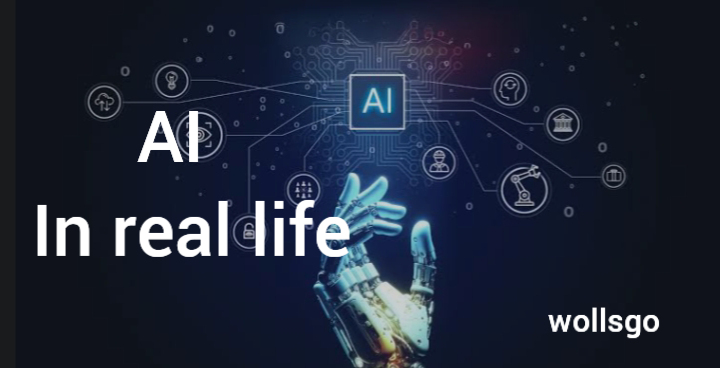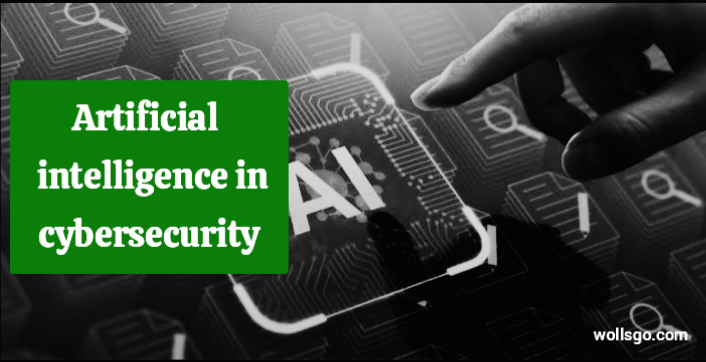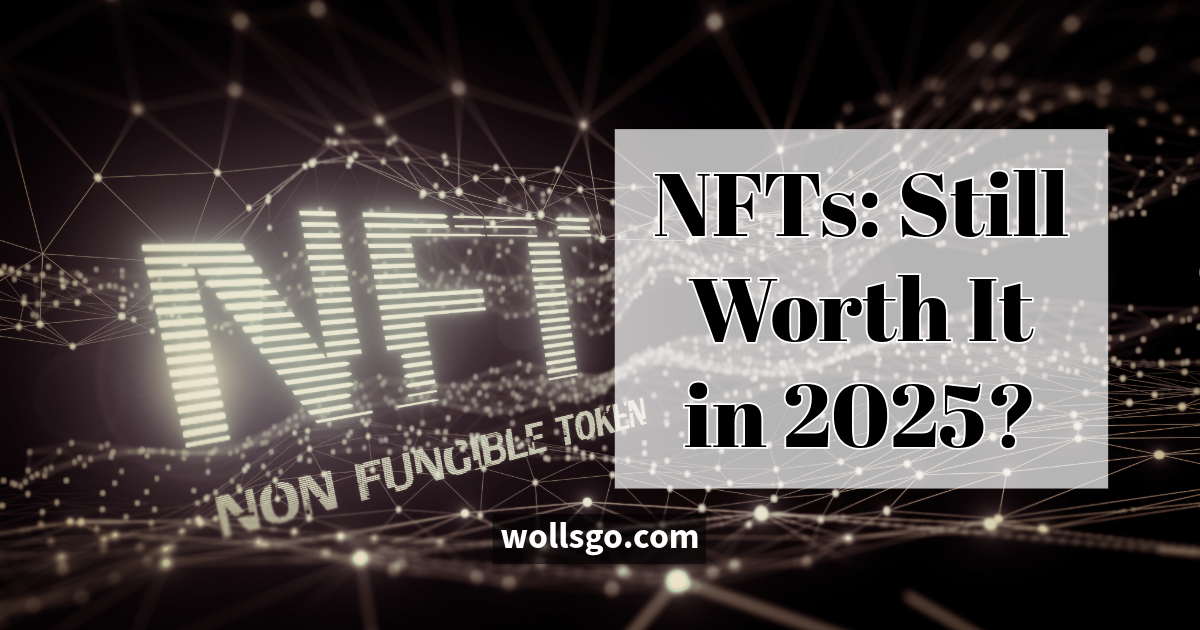Introduction
As the world rapidly advances into the era of Industry 4.0, the integration of cyber-physical systems, IoT and smart technologies is redefining how industries operate. Among the most transformative innovations is the Digital Twin a virtual replica of a physical object, system, or process that enables real time monitoring, simulation, and decision making.
The concept of digital twins is not just futuristic anymore. From manufacturing and aerospace to healthcare and smart cities, digital twins are enabling organizations to optimize performance, reduce downtime, and innovate faster.
What is Digital Twin?
A Digital is a virtual model of a real world entity. It mirrors the behavior, characteristics, and condition of its physical counterpart using data from sensors, IoT devices, and AI analytics.
- Components of a Digital Twin:
- Physical Entity – The real world object or process.
- Digital Replica – The computerized simulation or model.
- Data Flow – Real time information exchange via IoT and cloud Computing.
Role in Industry 4.0
Industry 4.0 emphasizes smart automation, data exchange, and machine intelligence. Digital twins serve as a core enabler of this transformation by offering:
- Real time performance monitoring
- Predictive maintenance
- Simulation-based testing
- Remote control automation
The Future of Digital Twins
by 2030, the global digital twin making is projected to reach $130+ billion, driven by AI, 5G, and edge computing. Future innovations include:
- Cognitive Twins : self-learning modes that adapt over time.
- Digital Twins of Organizations (DTO): Simulate entire business ecosystems.
- Twin-as-Service (TaaS): Cloud-based twin services for SMEs.






Leave a Reply